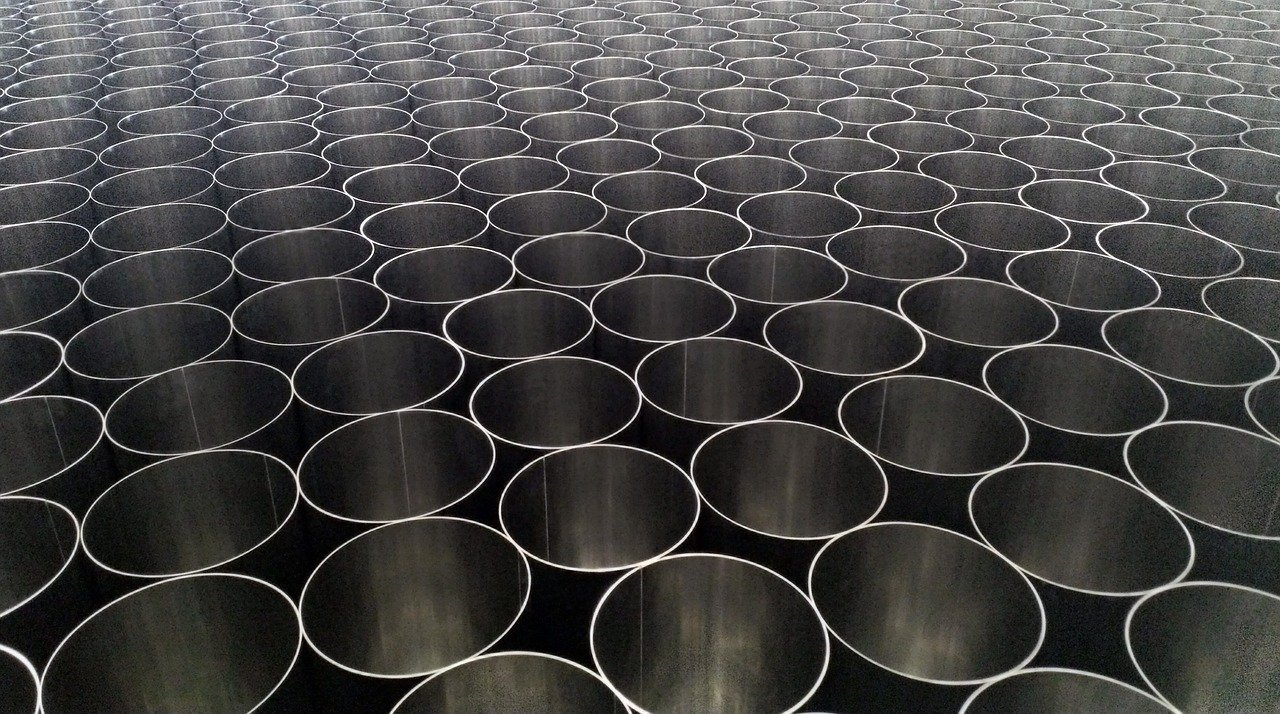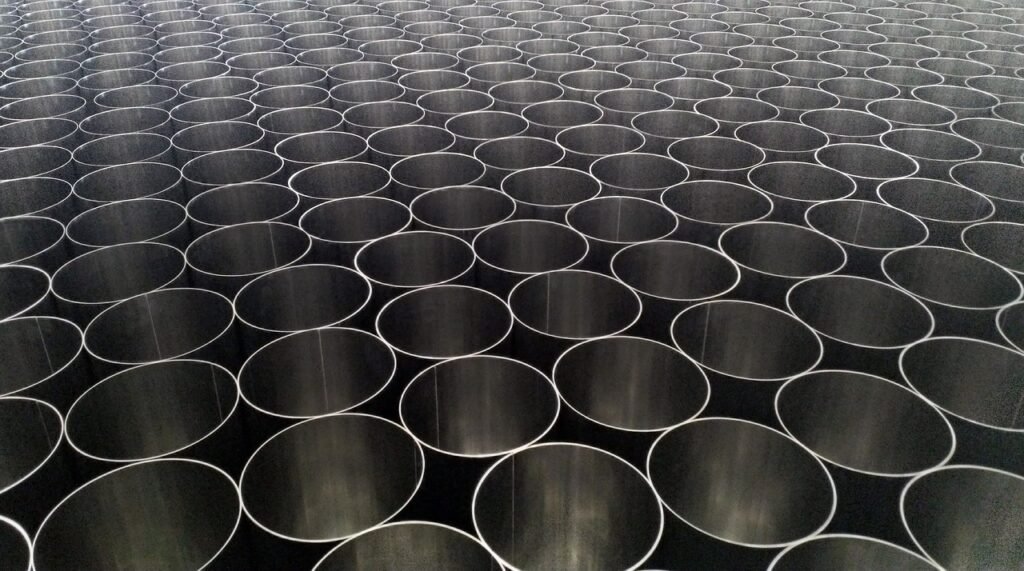Outdoor utilities are an important part of the infrastructure, providing water supply, sewage disposal, rainwater harvesting, electricity and gas. As technology improves, the design and installation of these networks is becoming more efficient, environmentally friendly and cost-effective. In this article, we will discuss the latest innovations that are changing the way outdoor utilities are designed and installed.
1. Digital technologies in design
1.1 BIM (Building Information Modelling) technology
BIM is one of the most important innovations in the design of engineering networks. The technology allows the creation of three-dimensional digital copies of infrastructure that provide detailed information on the condition of networks, materials and interactions with other structures.
Key benefits of BIM:
- More accurate design and error reduction.
- More efficient use of resources and cost reductions.
- Simulate different scenarios and optimise network layouts.
1.2. GIS (Geographical Information Systems)
GIS technology helps engineers to accurately analyse landforms, soils, underground networks and other relevant factors. It allows the integration of geographic data into the design process, increasing accuracy and ensuring the correct location of networks.
2. Advanced materials in engineering networks
2.1. Long-lasting and environmentally friendly pipelines
- HDPE (High Density Polyethylene) - Highly resistant to corrosion, chemical attack and temperature fluctuations.
- Geopolymer concrete - A lower CO₂-emitting alternative to traditional concrete for wells, tanks and collectors.
- Self-repairing pipes - special materials that react to cracks and self-seal, extending the life of the pipes.
2.2. Smart coatings and security systems
- Antibacterial surfaces for sewer pipes, reducing microbiological contamination.
- Particulate repellent coatingsto prevent pipe blockages and reduce the need for cleaning.
3. Automation and IoT solutions
3.1. Intelligent surveillance systems
IoT (Internet of Things) sensors allow real-time monitoring of the health of grids and prevent accidents.
Examples:
- Water pressure sensors detect leaks and automatically send notifications to operators.
- Cloud technologies allow networks to be managed remotely and decisions to be made quickly.
3.2 Automatic fault detection tools
- Drones and robot cameras used to inspect underground networks without the need to dig up the ground.
- Artificial Intelligence (AI) analyses data and predicts potential faults, helping to prevent accidents.
4. Modern deployment methods
4.1. trenchless technology
These technologies allow pipelines to be installed without extensive excavation, thus reducing environmental damage and costs.
The most popular methods:
- Horizontal Drilling Technology (HDD) - used to lay pipes under roads, rivers or other obstacles.
- Layered pipe retraction - allows new pipes to be installed inside existing ones without extensive excavation.
4.2. 3D printing in construction
New 3D printer technologies make it possible to produce customised components for engineering networks quickly and at lower costs. This applies to:
- For individual pipe joints.
- For specialised wells and reservoirs.
5. Future prospects
The design and deployment of outdoor engineering networks is changing rapidly, and more innovation can be expected in the future.
What can we expect?
- Artificial Intelligence-driven networksthat automatically optimise water supply and energy use.
- Bioengineered materialsthat are bioadaptable to the environment and last longer.
- Autonomous robots for maintenance and repair work without human intervention.
Conclusion
Innovations in outdoor utilities significantly increase their efficiency, durability and environmental performance. From digital technologies to smart materials and automated solutions, all of these make it possible to create sustainable and modern infrastructure. Keeping up to date with the latest trends is essential for everyone working in the sector to ensure innovative and future-proof solutions.



